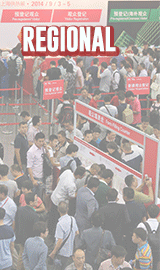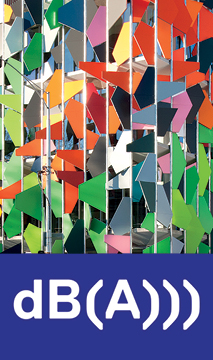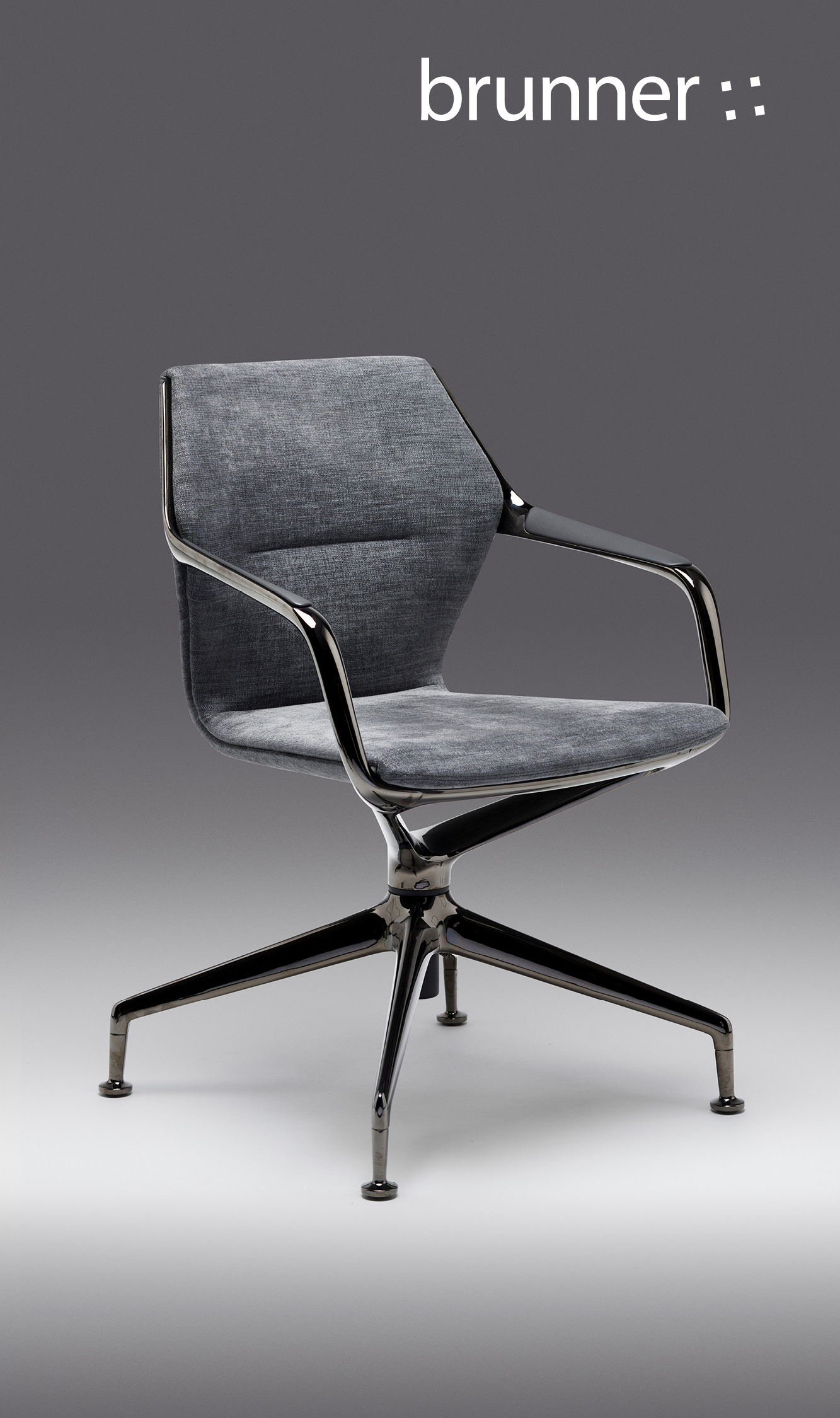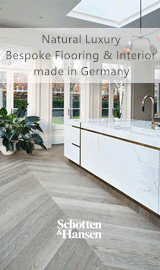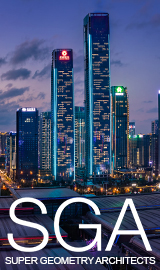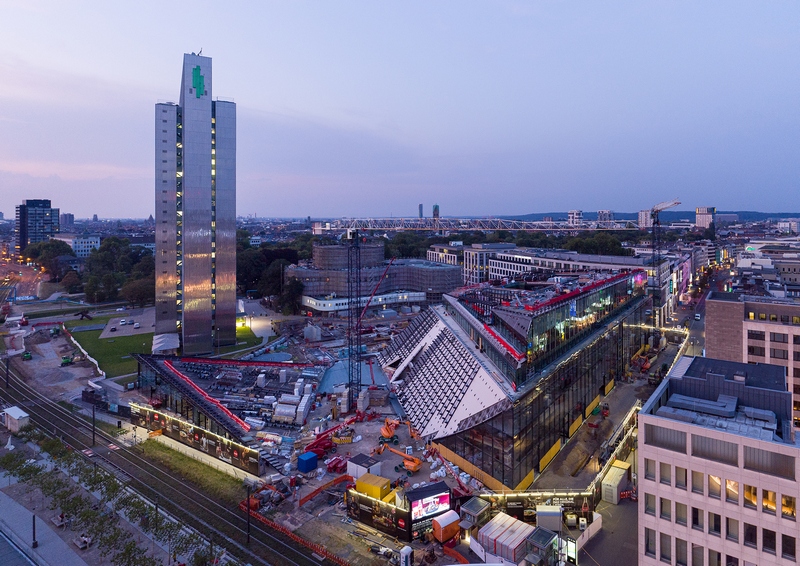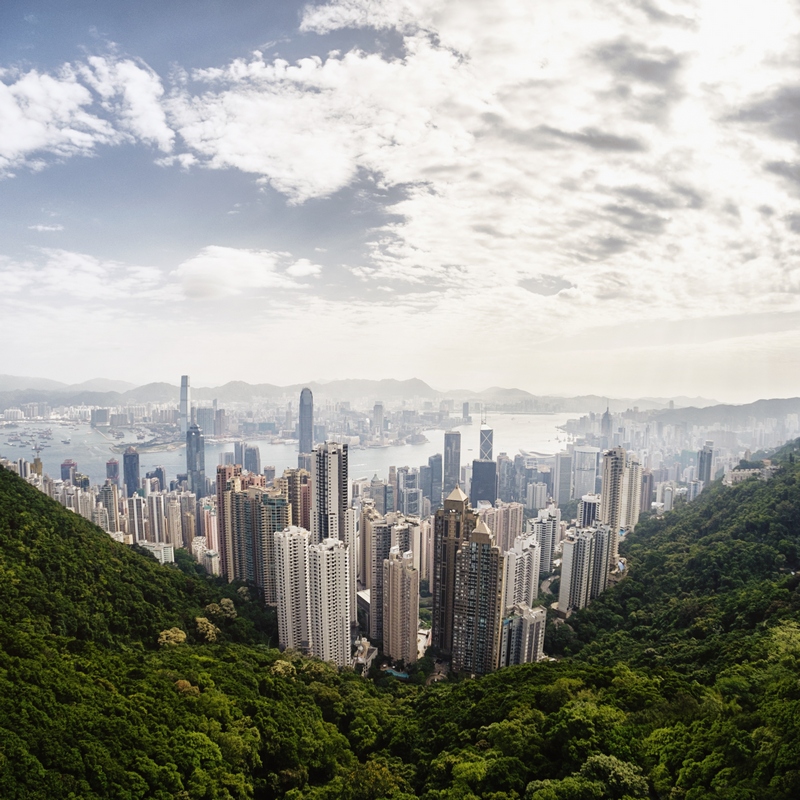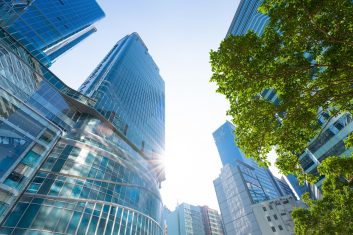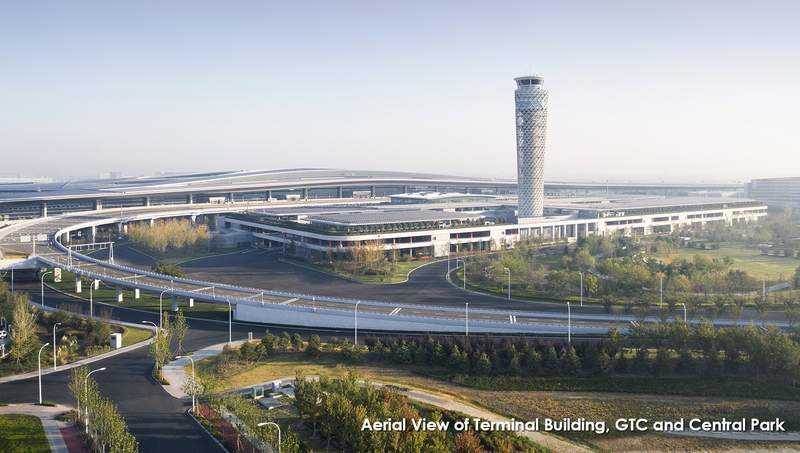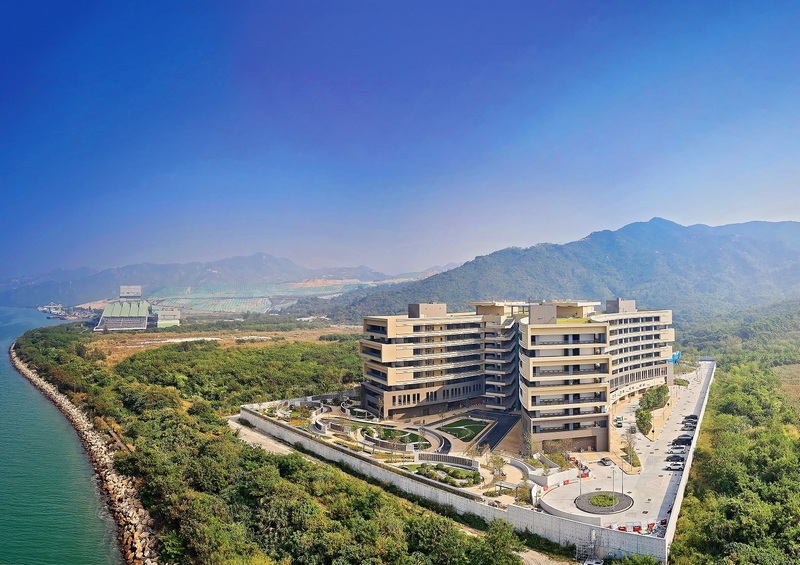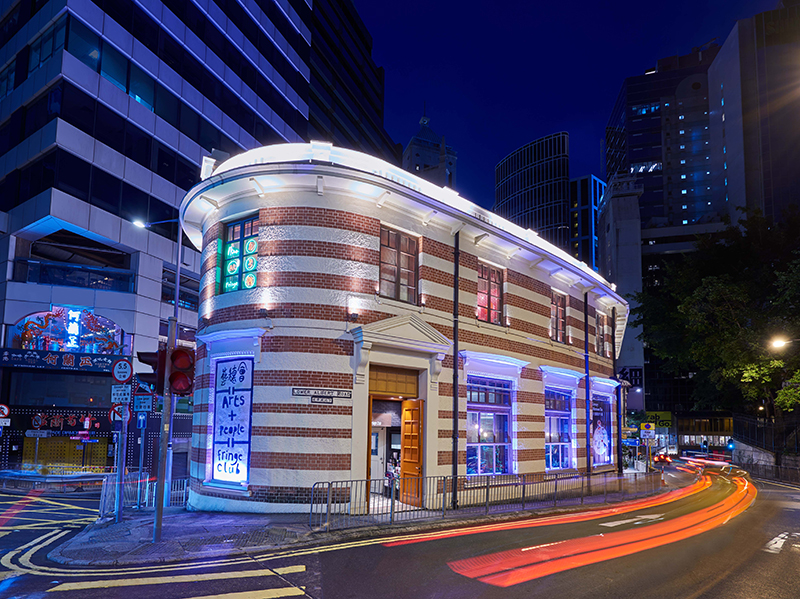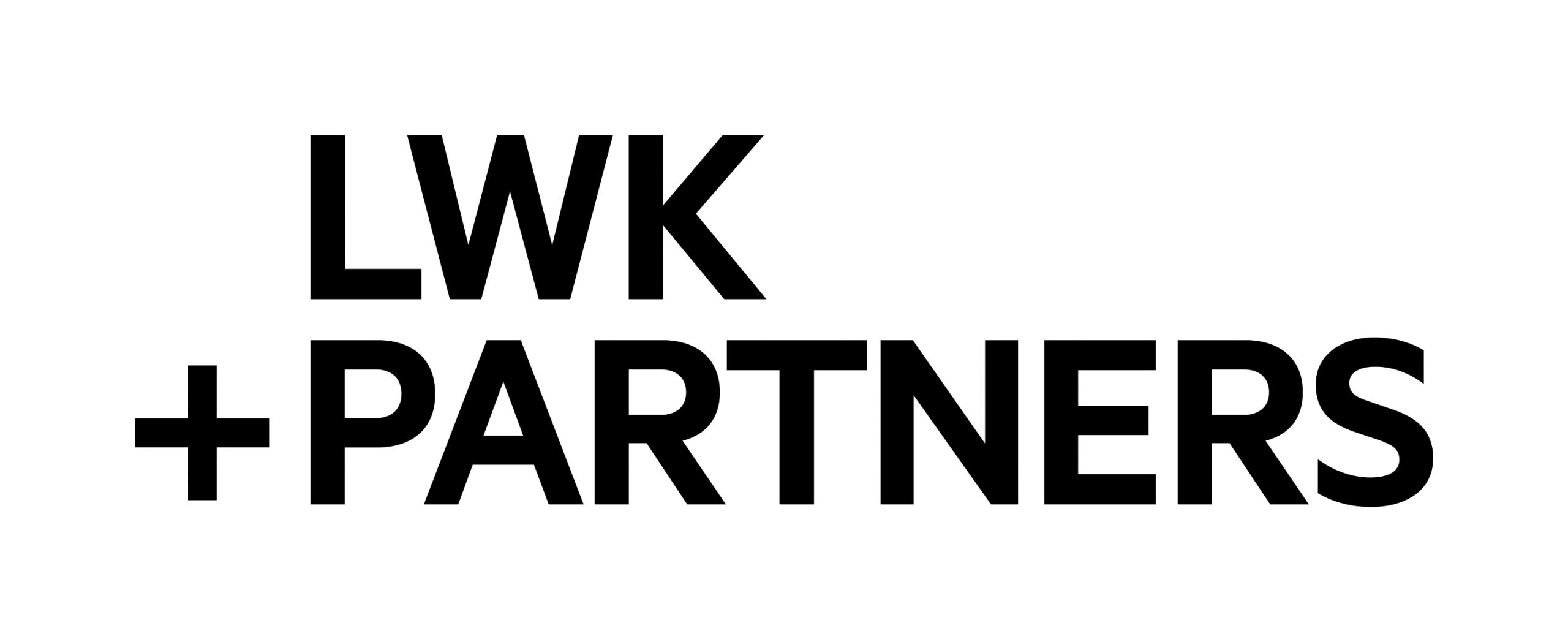The University of Technology Sydney campus, (UTS), is unique due to its CBD fringe location. This brings significant limitations on space and necessitates vertical rather than horizontal campus growth while offering enviable opportunity for public engagement.
(按此瀏覽中文版)
Organic and Biomorphic
This project is part of designer Francis-Jones Morehen Thorp’s ongoing interest in the development of an architecture related to natural forms and systems. The curvilinear progressive forms, layered transparency and shading systems, automatic leaf-like shades of the library are all part of creating an architecture more responsive to human needs, preference and form.
Tower one has great significance and history for UTS. The new building has a conscious relationship with this brutalist building, a relationship of contrast and compliment that aims to transform the experience of tower one, through the relation of a new whole. A partnership that makes both architectures richer and experiences more powerful.

Dialectic of City and Campus
The new building seeks to resolve and clarify the interrelationship of city and campus. The Ribbon element developed with Lacoste and Stevenson, addresses the city’s Broadway, the transparence is open and inviting but the entry is from the new campus threshold of Jones Street. The library volume addresses and redefines Alumni Green, through its pavilion form, openness and active uses. Between these volumes the new tower progressively adjusts in geometry from the campus grid of Alumni Lawn to the City grid of Broadway. Gently turning to create space and alignment with Tower One and Jones Street while stepping back from Broadway.

Vertical Campus
This project creates a campus experience of collegiate promenade and informal collaboration through a spatial sequence that is both vertical and horizontal. It attempts to overcome the great challenge of creating a truly vertical campus experience. Tree shaded garden terraces are created at the upper level, circulation is in the form of escalator street and interlocking spiral stairs, celebrated and positioned in the most privileged locations with view and natural light. The journey to structured teaching spaces is through campus-like open, informal collaboration spaces also open to view and light.
Inspiration Experience and Memory
Learning is surely one of our most noble aspirations and the architecture should not merely accomodate these uses but celebrate and inspire in the great academic tradition. The new reading room is intended to be such a space, uplifting and full of light, surrounded by books but also open to outside terraces and embraced in gentle curvilinear form. The campus experience should also be acknowledged as one of our most life-formative, supported by an architecture that reinforces this experience.
Meeting someone on a spiral stair that embodies the unexpected, exchanging messages across a shared table in the quietness of the reading room, a moment of insight under the shade of the fig trees on the northern library terrace; the interconnectedness of life experience and architecture.
Please visit fjmtstudio.com.


